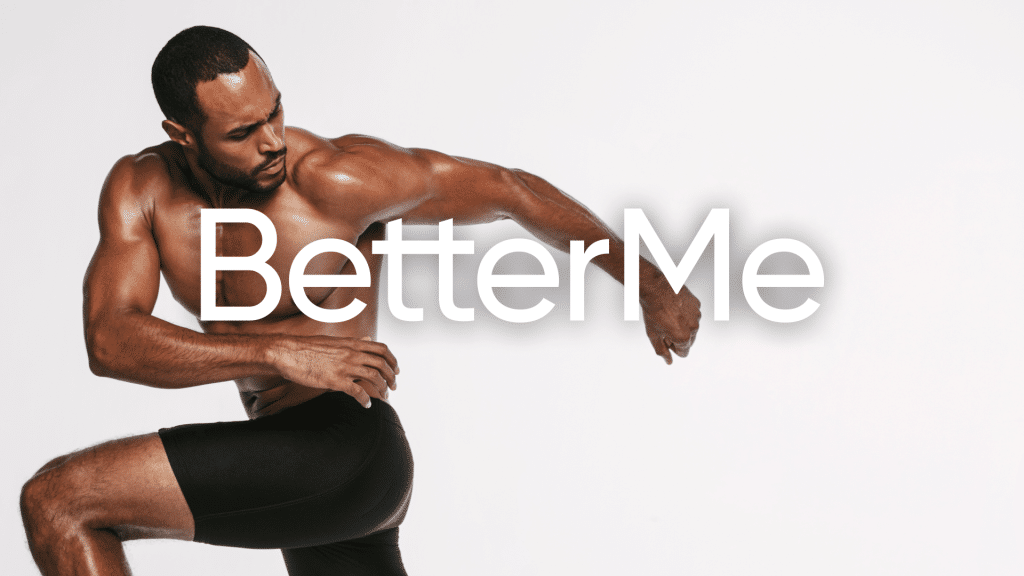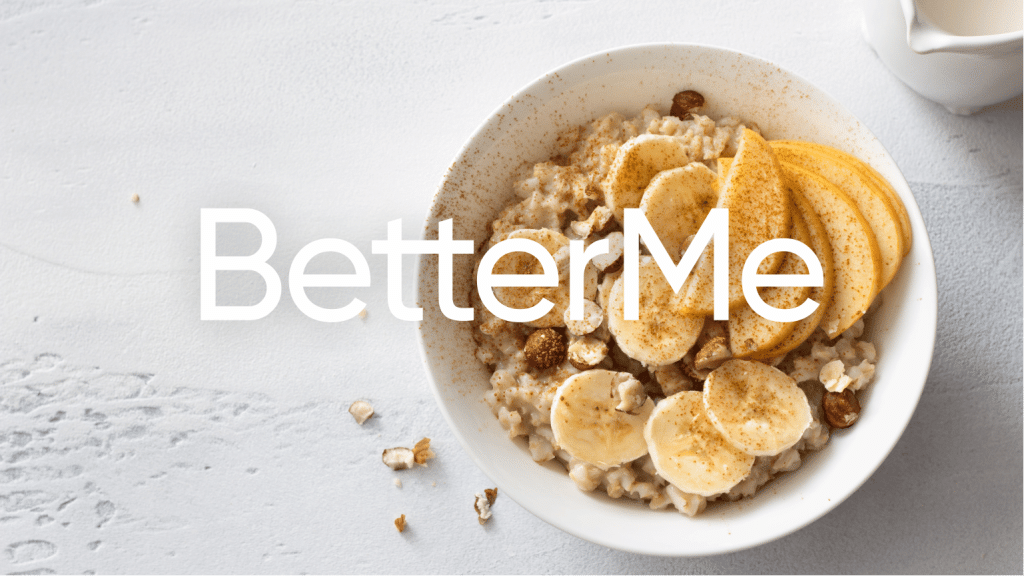Aerobic exercise scores high when it comes to burning calories and losing weight. In fact, running is one of the most effective forms of aerobic exercise. When done right, it can burn up to 600 calories in only 30 minutes—an impressive feat! As a beginner, one might think all you have to do is lace up and go. However, there are certain dos and don’ts anyone should take into account to make sure they’re running for weight loss effectively. In this article, we’ll go over the basics for weight loss basics. We’ll discuss the dos and don’ts of running for beginners so that you could make the most out of your running routine and see results within weeks.
Do: Know The Different Types Of Running
There are different styles of running, each with their own set of benefits. Below are the most popular types of running:
- Base runs – also known as easy runs, these are slower paced runs that help build your aerobic base and increase your endurance. They are short to moderate in distance (5-10 km) and should make up the majority of the running mileage of a beginner.
- Long runs – these are, as the name suggests, longer runs that help build endurance and stamina. They are done at the same pace as base runs, but the distance is increased (10-20 km).
- Interval training – this type of running involves alternating between periods of high-intensity running and low-intensity running or walking. It is a great way to burn more calories in a shorter period of time and improve your speed and aerobic fitness.
- Tempo runs – these are fast-paced runs that help improve your speed and running economy (how efficiently you use oxygen while running). Tempo runs are usually done at a pace that is about 10-20 seconds per kilometer slower than your 5k race pace.
- Hill repeats – this type of running involves running up a hill for a certain distance or time, and then jogging or walking back down to recover. It is a great way to build strength and power.
- Recovery runs – these are slow, easy runs that help your body recover from the harder workouts. They should make up a small percentage of your total running mileage.
- Progression runs – these are runs that start slow and get progressively faster. They are a great way to improve your speed and running economy. They mimic the feeling of a race, which can help you mentally prepare for competition.
Don’t: Skip Warm Up
A common misconception is that you don’t need to warm up before running because it’s not a high-intensity activity. However, warming up is just as important for running as it is for any other type of exercise.
Warming up helps increase your heart rate and body temperature, which makes your muscles more pliable and less likely to get injured (8). It also helps to mentally prepare you for the run ahead.
A simple warm-up routine should consist of 5-10 minutes of light jogging or walking, followed by some dynamic stretches. Dynamic stretches are active movements that take your joints and muscles through a full range of motion (1). They are different from static stretches, which are done while your body is at rest.
Some examples of dynamic stretches for runners include:
- Leg swings
- High knees
- Butt kicks
- Walking lunges.
Read More: What To Wear Running In Winter For Comfort And Best Performance
Do: Be Conscious Of Your Fitness Level
How far, fast, and often you run is determined by your abilities. Your starting point will be different from someone who’s been running for years. The most important thing is to assess your fitness level and design a running plan based on that.
If you’re a beginner, we recommend starting with a run/walk program. Alternate one minute of running with one minute of walking for a total of 20 minutes, three times per week. As you get stronger and your endurance improves, you can start running for longer periods of time.
Don’t: Do Too Much Too Soon
The level of exertion you put into running will have an inverse relationship to how much you enjoy it. In other words, the harder you push yourself, the more likely you are to get burnt out and hate running.
Ease into things by starting with shorter runs at a slower pace. As your fitness level improves, you can gradually increase the duration and intensity of your runs.
Do: Pay Attention To Your Form
Your form plays a big role in how effective your runs are. Poor form can lead to injuries, while proper form will help you run more efficiently.
There are a few key things to keep in mind when it comes to form:
- Stand tall with your shoulders back and relaxed.
- Swing your arms back and forth in opposition to your legs. Keep your head up and look straight ahead.
- Land on your midfoot and roll through to your toes.
- Keep your strides short and quick.
Avoid the following form mistakes:
- Slouching forward at the waist.
- Hunching your shoulders.
- Looking down at your feet.
- Overstriding (landing with your foot too far in front of your body).
- Running with a heel-to-toe stride (landing on your heel and rolling through to your toes).
BetterMe app is a foolproof way to go from zero to a weight loss hero in a safe and sustainable way! What are you waiting for? Start transforming your body now!
Don’t: Run Without A Plan
Consistency is an important part of any running program. But without a plan, it’s easy to get off track and start skipping runs.
To stay on track, we recommend setting some goals and writing out a schedule of when you’re going to run. Having specific days and times set aside for running will make it easier to stick to your plan.
Below is a sample schedule for running three times per week:
Week One
On each day, begin with a 5-minute warm-up walk, followed by:
- Monday: Run for 2 minutes, walk for 1 minute (repeat this 8 times)
- Wednesday: Run for 3 minutes, walk for 1 minute (repeat this 6 times)
- Friday: Run for 4 minutes, walk for 1 minute (repeat this 5 times)
End each session with a 5-minute cool-down walk.
Week Two
On each day, begin with a 5-minute warm-up walk, followed by:
- Monday: Run for 3 minutes, walk for 1 minute (repeat this 8 times)
- Wednesday: Run for 4 minutes, walk for 1 minute (repeat this 6 times)
- Friday: Run for 5 minutes, walk for 1 minute (repeat this 5 times)
End each session with a 5-minute cool-down walk.
Week Three
On each day, begin with a 5-minute warm-up walk, followed by:
- Monday: 30 minutes easy run
- Wednesday: 30 minutes easy run
- Friday: 20-30 minute tempo run*
A tempo run is a type of workout where you run at a “comfortably hard” pace for a given period of time. End each session with a 5-minute cool-down walk.
Week Four
On each day, begin with a 5-minute warm-up walk, followed by:
- Monday: 35 minutes easy run
- Wednesday: 35 minutes easy run
- Friday: 25-35 minute tempo run
End each session with a 5-minute cool-down walk.
Read More: Benefits Of Hill Running And How To Do It Correctly
Do: Make Time For Cross-Training
Cross-training is a form of exercise that helps to improve your running performance by working other muscle groups. It’s important to cross-train because it helps prevent injuries, improves your overall fitness level, and makes you a more well-rounded runner (7).
Some examples of cross-training activities for runners include swimming, biking, rowing, and weightlifting.
Don’t: Neglect Strength Training
In addition to cross-training, strength training is another important component of a well-rounded running program. Strength training helps to build strong muscles, tendons, and ligaments, which can help prevent injuries (6).
There are a number of ways to incorporate strength training into your running program. For example, you could do bodyweight exercises (push-ups, sit-ups, squats, lunges, etc.) three times per week. Or, you could lift weights two or three times per week.
Do: Listen To Your Body
Running is a high-impact activity, which means there’s a risk of injuries if you don’t listen to your body (4). Pay attention to how your body feels during and after runs. If you start to experience pain, take a break and see a doctor if the pain persists.
It’s also important to allow your body time to recover after runs. This means getting enough sleep and eating a healthy diet. Recovery is when your body adapts to the stresses of running and gets stronger.
Don’t: Ignore The Weather
The weather can have a big impact on your runs. If it’s too hot or humid, you risk dehydration and heat exhaustion. If it’s too cold, you could get hypothermia. And if it’s raining or snowing, you could slip and fall.
Before heading out for a run, check the weather forecast and dress appropriately. In general, you should dress as if it’s 20 degrees warmer than it actually is. This will help you avoid getting too cold during your run.
Do: Find A Running Buddy
Running with a friend can make the time fly by and make running more enjoyable. If you don’t have a friend who likes to run, there are a number of running groups you can join. This is a great way to meet new people and stay motivated.
Don’t: Forget To Fuel
Your diet plays a big role in your running performance (5). Eating the right foods will give you the energy you need to run your best.
Some of the best foods for runners include complex carbohydrates (whole grains, sweet potatoes, oats, etc.), lean protein (chicken, fish, tofu, etc.), fruits and vegetables, and healthy fats (nuts, seeds, avocados, etc.).
Carb timing is also important for runners (2). Simple carbs (sugars) should be eaten close to runs for energy, while complex carbs should be consumed at other times for sustained energy.
Intense sweat sessions, working weight loss tips, lip-smacking recipes come in one package with the BetterMe app. And all of it is at your fingertips, start transforming your life now!
Do: Set Goals
Setting goals will help you stay motivated and on track with your running program. Make sure your goals are specific, measurable, achievable, relevant, and time-bound (SMART).
For example, a specific goal might be to run a 5K race in eight weeks. A measurable goal would be to run three times per week and log your mileage. An achievable goal would be to gradually increase your mileage each week.
A relevant goal would be to focus on improving your endurance. And a time-bound goal would be to sign up for a race that’s eight weeks away.
Do: Maintain A Calorie Deficit
Weight loss inevitably comes down to one thing: creating a calorie deficit (3). This means you need to burn more calories than you consume.
There are a number of ways to create a calorie deficit, but the most effective way for runners is to combine a healthy diet with regular running. Runners who are trying to lose weight should aim for a calorie deficit of 500 to 1,000 calories per day.
While at it, they should be on a high-protein diet, which has been shown to boost metabolism and help with weight loss. This will also come in handy in preventing muscle loss as you shed pounds.
Don’t: Compare Yourself To Others
Comparing yourself to other runners is a recipe for discouragement. Everyone is different and runs at their own pace. Some people are naturally gifted runners, while others have to work hard to see results.
The only person you should compare yourself to is the person you were yesterday. As long as you’re seeing progress, you’re on the right track.
Do: Have Fun
Running should be enjoyable. If it’s not, you’re likely to give up. Find ways to make running fun for you. This might mean listening to music or podcasts, running in new locations, or signing up for fun races.
The Bottom Line
Running is a great way to lose weight and improve your overall health and fitness. But, it’s important to do it the right way. By following these tips, you should be on your way to becoming a healthier and happier runner.
Get your personalized
meal plan!
DISCLAIMER:
This article is intended for general informational purposes only and does not serve to address individual circumstances. It is not a substitute for professional advice or help and should not be relied on for making any kind of decision-making. Any action taken as a direct or indirect result of the information in this article is entirely at your own risk and is your sole responsibility.
BetterMe, its content staff, and its medical advisors accept no responsibility for inaccuracies, errors, misstatements, inconsistencies, or omissions and specifically disclaim any liability, loss or risk, personal, professional or otherwise, which may be incurred as a consequence, directly or indirectly, of the use and/or application of any content.
You should always seek the advice of your physician or other qualified health provider with any questions you may have regarding a medical condition or your specific situation. Never disregard professional medical advice or delay seeking it because of BetterMe content. If you suspect or think you may have a medical emergency, call your doctor.
SOURCES:
- Dynamic Stretching Has Sustained Effects on Range of Motion and Passive Stiffness of the Hamstring Muscles (2019, nih.gov)
- International society of sports nutrition position stand: nutrient timing (2017, nih.gov)
- Optimal Diet Strategies for Weight Loss and Weight Loss Maintenance (2021, nih.gov)
- Running injuries. A review of the epidemiological literature (1992, nih.gov)
- Role of nutrition in performance enhancement and postexercise recovery (2015, nih.gov)
- Resistance training is medicine: effects of strength training on health (2012, nih.gov)
- What is cross training? (2021, recsports.osu.edu)
- Why Warming Up and Cooling Down is Important (2016, tricitymed.org)











